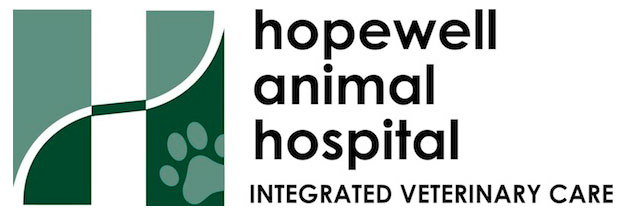
Perhaps one of the most common questions we are asked concerns quality of life and euthanasia. When is the right time? Is my pet in pain? Are they suffering? None of us, I mean none of us want to make this final decision. There are a lot of things that must go into a decision like this. This week we explore some of the hardest choices we may ever have to make regarding the care and well being of our pets.
If you have a pet, chances are you have already faced this dilemma, do I continue to care for and treat my pet, is my pet in pain or just plain miserable, or do I consider euthanasia. Euthanasia is a topic that no one wants to discuss, yet sometimes it can be the most humane choice available. Euthanasia ends suffering, pain and misery. It can and should be viewed as just a different type of treatment option.
Before we get there, let’s look at quality of life (QoL). One of the hard parts of this discussion is to define Quality of Life. While many of us are well aware that our pets can and do communicate with us, it can be very difficult to tell how they feel. Animals are unable to verbalize their feelings and choices and we really don’t know what they are thinking. These questions have plagued both veterinarians and human physicians. On the human side, the Scandinavian Journal of Primary Health Care tried to define QoL in a 1990 paper. They came to the conclusion that quality of life assessments need to focus on 3 main factors: Subjective well-being, Health and Welfare. “Subjective well-being” is the central component in the evaluation of Quality of Life, referring to the individual’s perception of his life situation, “Health” is a subjective as well as objective evaluation of physical and mental status, while “Welfare” reflects the objective environmental factors. This definition is lacking from a veterinary standpoint on several points: the subjective well being must be assessed by an observing party, we as the pet owner must make that decision for our pet, we don’t get to ask for input we observe them and think “how would I feel if I couldn’t……”. This of course has problems of it’s own. For example, we may think that because we are unable to go and enjoy a movie or drive a car, our QoL is diminished, and it would be. For our pets, do they feel less because they are unable to go for a ride in the car? Health, according to this definition is something that we can determine, with the help of your veterinary team you can make an assessment of your pets health and likely-hood to survive in a given situation. This determination can be very hard to make on your own and you may not have all of the information available at that time, therefore, it is imperative that you seek out and listen to your veterinary team. Typically, the team will have some degree of emotional detachment, they can also counsel you on wether a treatment will make them worse temporarily or if a condition is likely to be permanent. Some patients may come through a surgery fine, but look terrible for a while as they are recovering and in the end do very well. Welfare is an area that we can control to a degree, are we able to care for the pet, can we provide the proper nursing care that is needed? Can we provide some type of environmental enrichment in this difficult time to make our pets lives easier?
So for a veterinary definition we can look at the London Journal Veterinary Medicine from November 2015. In this article they were trying to asses different ways to determine QoL based upon published assessment scales. They started with this definition ” ‘an individual’s satisfaction with its physical and psychological health, its physical and social environment and its ability to interact with that environment’. In this definition, health was taken to mean ‘the state of being free from illness or injury’, and satisfaction to be ‘the fulfilment of one’s individual needs, or positive mood or valence derived from this’.”
